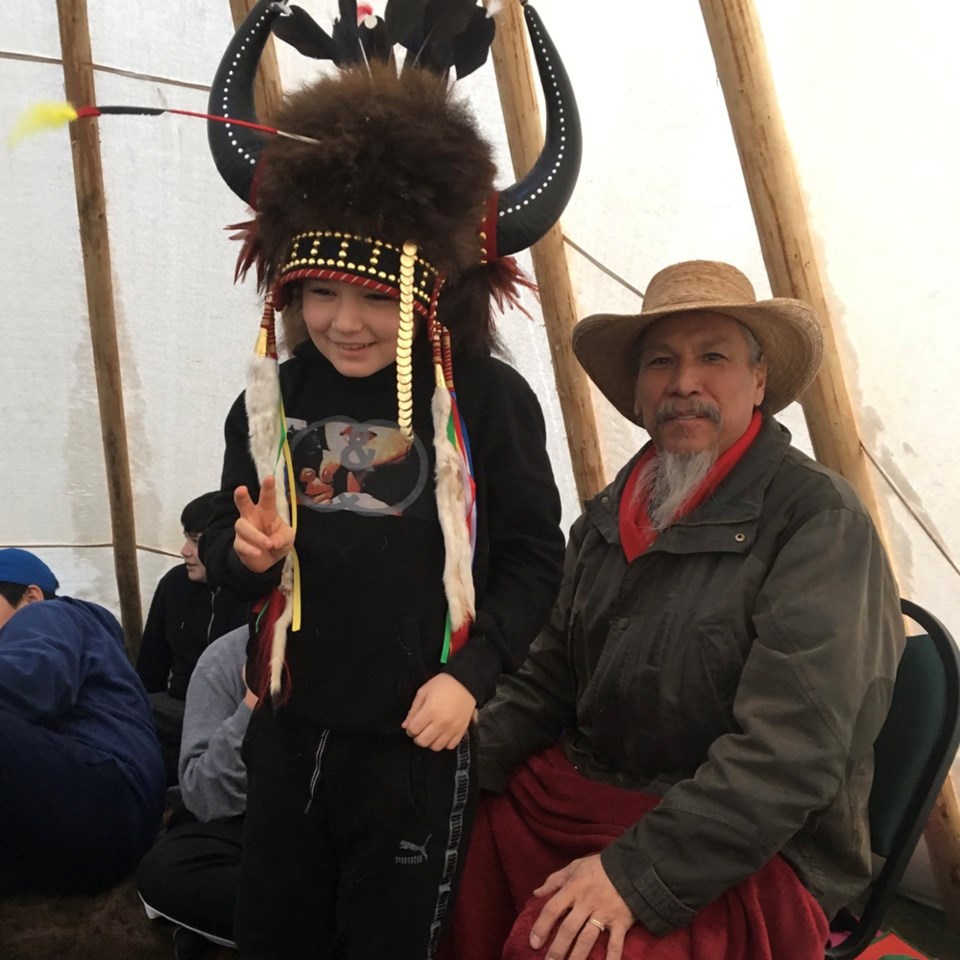SASKATOON — Indigenous storyteller Solomon Ratt values the stories his mother passed on to him — tales of adventures, love and the everyday life of Indigenous people.
Stories, a major aspect their culture, was banned during the Westernization of Indigenous children through the residential school educational system.
Now Ratt and more than 65 others like him are telling these stories to children of all ages as part of Aboriginal Storytelling Month, an annual event initiated by the Library Services for Saskatchewan Aboriginal people 19 years ago. The month-long event begins Tuesday, Feb. 1, and LSSAP will be helping schools, local libraries and cultural organizations with in-person and online sessions.
Storytellers like Ratt and Darwin Atcheynum, from all over Saskatchewan, will be sharing Indigenous stories for children, poetry readings, cooking classes, musical performances, teachings and other activities that highlight and celebrate Indigenous culture.
Ratt said storytelling was a way of life practised a long time ago in Indigenous culture, especially during winter time when they listened to stories from their elders.
“That was how were Indigenous children were taught about Indigenous ways of the world. It is wintertime when parents tell the stories to their children. In these stories, we learned they get along with the world around them — animals, plants and the people. We had to wait in the wintertime when the sun would set very early and children were still active,” Ratt told SASKTODAY.
“We sat and listened to stories being told. And these stories are told over and over again every year, and every year new lessons come out from the same stories that the children miss the first time hearing the story. We hear the stories a lot and we have these stories where some of us still do tell the stories in our languages. But the majority of people only tell the stories in English.”
Ratt is an associate professor of languages, linguistics and literature where he teaches Cree classes in creative writing and expository writing, sacred stories, oral tradition and translation and transcription at the First Nations University of Canada in Regina.
He was a hideling, hidden by his parents from the authorities when the Canadian government was rounding up Indigenous children to force them to attend residential schools. He listened to the stories shared by his mother and preserved the tales by writing them down. He has been sharing those stories with Indigenous communities for the past 40 years.
“We went into the wilderness, and we lived along the river. We didn’t get into civilization for quite a while, but my sisters were brought into a residential school. They got taken away, but they came home every summer. We took off to the forest again when they go back to school,” added Ratt.
“Some children were taken away as young as three years old. In my case, I didn’t get taken away until I was six years old, and my brother was eight. They [our parents] kept us away from getting into residential schools for a while. My adopted brother didn’t go to school until he was nine years old.”
Being one of the hidelings gave Ratt and his adopted brother the chance to hear the stories from their mother, Indigenous tales that he now passes on to the children of today.
“I got to hear these stories longer than my sisters did. That was the advantage because we were able to hear the stories, we were able to remember those stories as they were told by our parents and my friends’ parents, which is cool,” said Ratt.
He said that he does not have a hard time sharing the stories since children are born curious. It also helps if the storyteller uses voices to better capture their imagination.
“Children love to hear stories. When somebody is telling them stories, they pay attention. It’s much better if a storyteller uses voices, like when you hear a monster coming and you make the noises of a monster. If you tell the story monotone, children will lose interest right away.”
Ratt said he prefers doing the storytelling via Zoom and other online platforms, due to the ongoing pandemic, which gives him the chance to reach a wider audience.
“We could reach more people than we would when doing the face-to-face setting. I’ve gone to schools where I’d have a small group of school children in front of me and they are the ones that will get the chance to hear the stories and other students don’t. Whereas, if we do Zoom, we have various people tuning in,” said Ratt.
“I think there are already over 60 people registered for the storytelling session that I’m involved in. They’re coming from all over the province. This is good and the way the organizers arranged is that the main focus on the screen will be me. So, people will see my actions and my hand motions as if I’m telling the stories in their rooms.”




